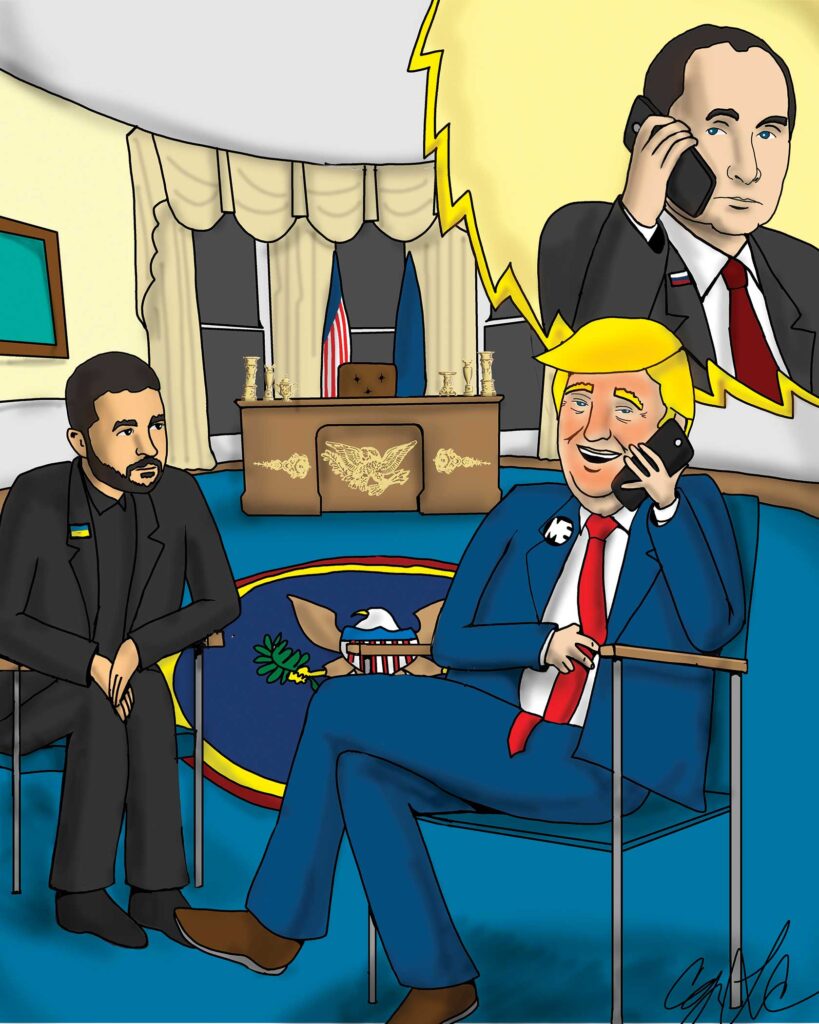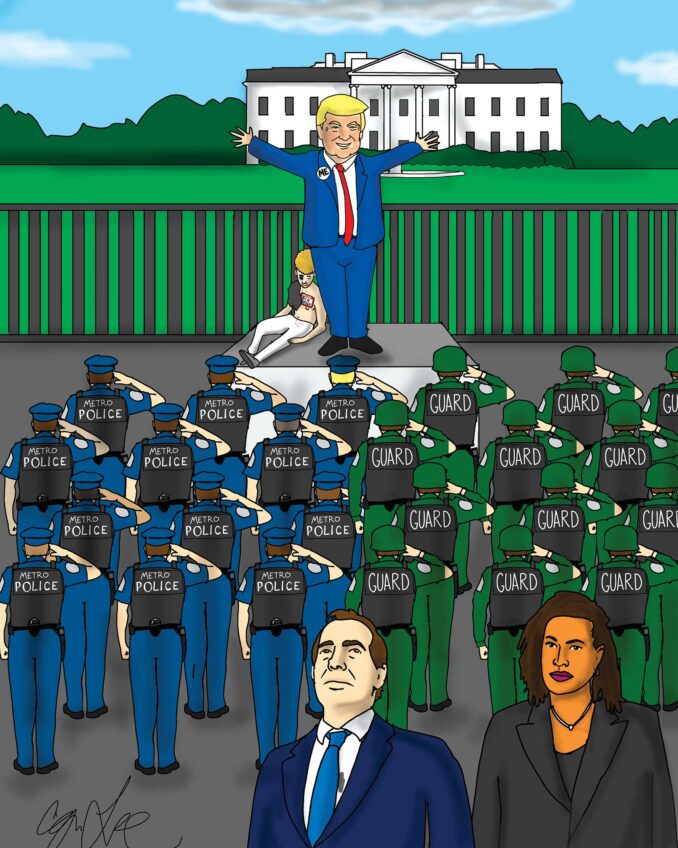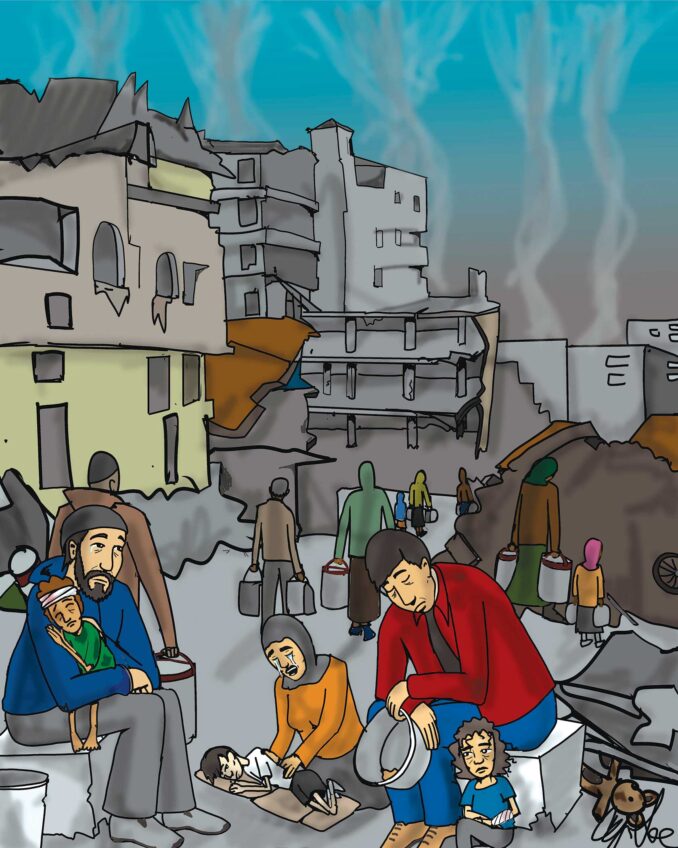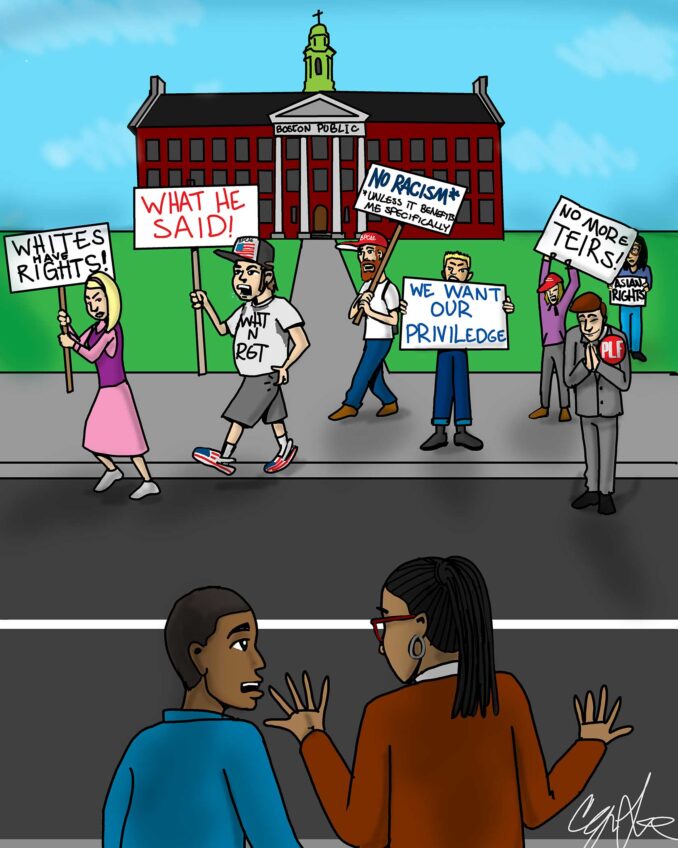
The recent summit between President Donald Trump and Russian President Vladimir Putin in Anchorage, Alaska, was intended to be a decisive moment for global diplomacy, aimed at resolving the protracted conflict in Ukraine. However, despite the high expectations, the meeting was widely seen as a bust, highlighting several significant problems that ripple across international relations, U.S. domestic politics, and the geopolitical landscape. The summit raised more concerns than it resolved, ultimately appearing to benefit one leader more than the other. That leader was Vladimir Putin, not Donald Trump or Volodymyr Zelenskyy.
One of the most immediate and glaring issues was the optics and symbolism of the meeting itself. By hosting Putin on U.S. soil — specifically, at a military base in a state with deep historical ties to Russia — President Trump extended a level of diplomatic validation that most critics argued was misplaced. After years of isolation from most of the Western world, the elaborate red-carpet welcome and a fly-by by U.S. fighter jets offered Putin a significant public relations victory.
For a leader under international warrants and sanctions for war crimes, this spectacle served to normalize his standing on the world stage. This ceremonial pomp, in the absence of any concrete diplomatic breakthrough, lent credibility to Putin’s regime while undermining the united front that the United States and its European allies have sought to maintain. This has been festering since Russia’s takeover of Crimea in 2014.
This military action was widely condemned by the international community as a blatant violation of Ukraine’s sovereignty. The UN General Assembly as well as other governing bodies called it illegal and illegitimate. This annexation showed how a powerful nation could unilaterally seize territory of a smaller neighbor without significant opposition, a move that set the stage for the full-scale invasion of Ukraine.
Beyond the symbolic gestures, a key problem was the conspicuous exclusion of Ukrainian President Volodymyr Zelenskyy from the meeting. The principle of “nothing about Ukraine without Ukraine” has been a cornerstone of Western policy, and by holding a bilateral summit focused on the war, the United States appeared to break with this crucial tenet. This exclusion raised concerns in Kyiv and across European capitals that any deal brokered would not serve Ukraine’s interests but would instead force concessions upon a nation fighting for its life.
The White House attempted to manage expectations by stating that no final deal would be made without Ukraine’s involvement, but the damage from the event was already done. The summit placed the United States in the role of a mediator rather than a firm ally, and in doing so, it risked alienating a key partner and emboldening Russia to believe it could dictate terms without direct negotiation with its adversary.
The other significant problem, however, was the failure to produce a tangible ceasefire or a path to a lasting peace. Without the lack of a clear outcome, combined with Trump’s subsequent morally vacant public hints that the onus was now on Ukraine to make concessions, a sense of diplomatic limbo ensued. Trump had entered the meeting with the stated goal of securing a truce, but after a three-hour meeting that was cut short, both leaders left without taking questions from the press and with no agreement in hand.
This served Putin’s interests by buying time for his forces to consolidate territorial gains and sow discord among the allied nations. For a war of attrition, time is a critical resource, and the summit’s ambiguous outcome gave Russia exactly that.
In direct contrast, three days later, an equally critical meeting took place at the White House with Zelenskyy and key European leaders. The austere and low-key meeting was striking for many reasons; no red carpet of bombers overhead and no limo ride. This hastily arranged gathering was seen as a coordinated effort to manage the fallout from the earlier bilateral meeting and to reestablish a unified front on the path forward for Ukraine.
European leaders, already apprehensive about the U.S.’s commitment to NATO and to European security, had scrambled to establish a baseline of essential interests with the United States before the summit took place. However, the absence of a clear, unified stance from the White House and the apparent shift in tone away from pressure on Russia toward pressure on Ukraine created deep anxiety. Experts from institutions like Chatham House noted that the summit could embolden Moscow to seek to further divide the West, a long-held strategic objective.
The warm reception of Putin on U.S. soil and the lack of a strong condemnation of Russia’s actions or its violations of international law cast doubt on the U.S.’s resolve. Trump’s claim that he could stop the war in a few weeks, rings hollow with no ceasefire deal, despite having back-to-back meetings with a plethora of European leaders. Again, despite warning Russia that it would face consequences for continuing the war weeks ago, the president capitulated. “I don’t think you need a ceasefire,” he said in the Oval Office. “I know that it might be good to have, but I can also understand strategically, like, well, you know, one country or the other wouldn’t want it.”
Leaders from France and Germany pushed back, stating that a ceasefire is a must for talks to generate any thing substantive. Discussion of improved security for Ukraine was also an agenda item focusing on a group of 30 countries, dubbed the “coalition of the willing,” who would coordinate their efforts with the U.S. A proposed trilateral meeting between the United States, Ukraine and Russia was also reviewed, however, the Ukrainian president has been advocating these meetings since the war began, but to no avail.
The Trump–Putin- Zelenskyy meetings stand as a powerful example of how diplomatic theater, absent substance, can backfire. For diplomacy to work, it must be principled, inclusive and strategic — not performative.







Leave a Reply
You must be logged in to post a comment.